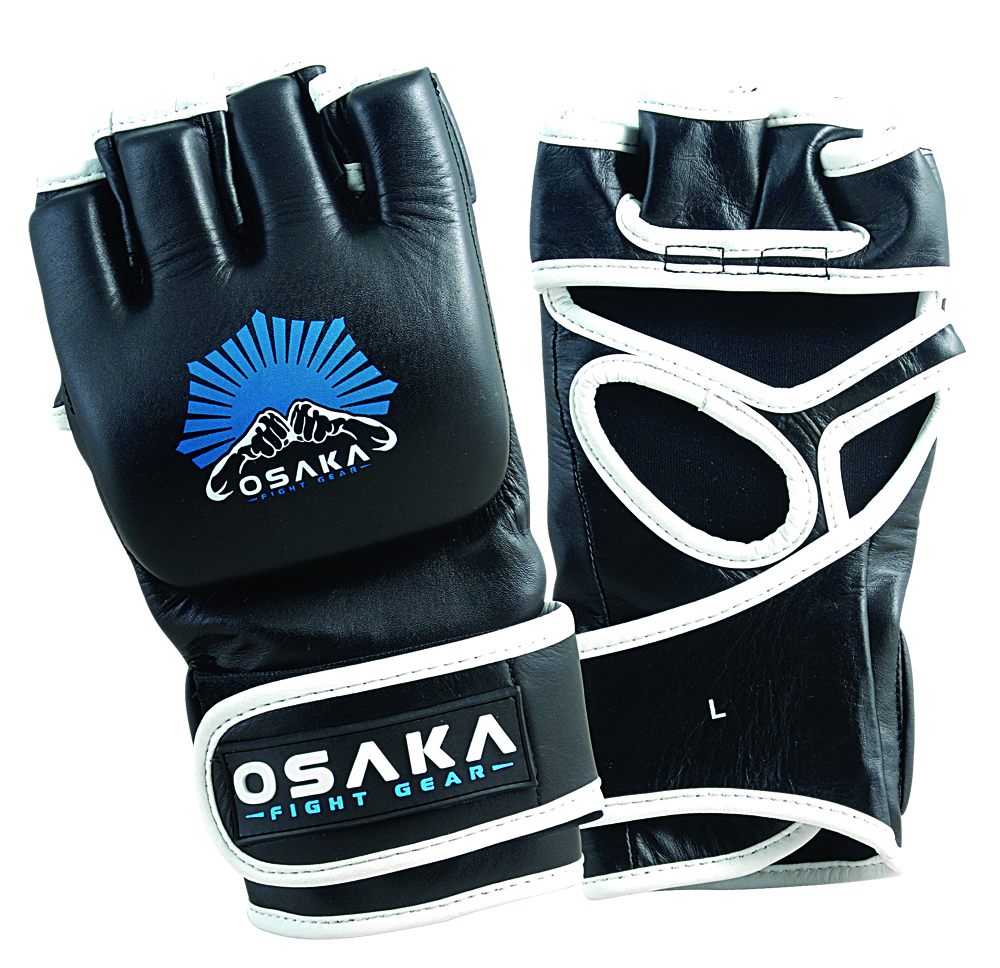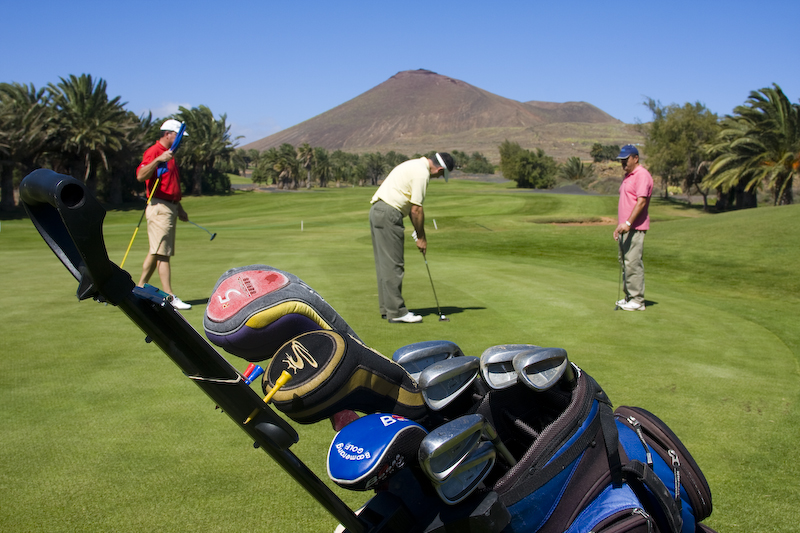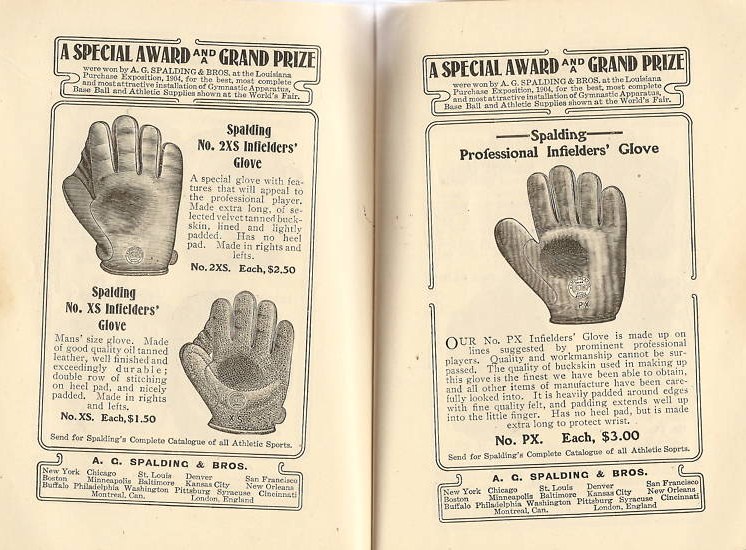|
Driving Glove
A driving glove is a hand covering, typically constructed of very thin, soft leather. It is used to give a driver better control of the vehicle by enhancing grip of the steering wheel and gear stick. History The driving glove made its appearance during the 1890s. Steering wheels at the time were generally made from uncovered metal or wood. Internal heating in cars was not available since all cars were convertibles, and an uncovered metal steering wheel would be cold on the hands during winter and potentially slick with sweat in summer. For wooden steering wheels, gloves could protect the driver's hands from splinters. The used gloves looked like gauntlet gloves and were usually lined, meaning they had an inner layer of wool, fur, or lambskin. It was not that important in the early days to have great sensitivity and contact with the steering wheel, but rather a firm grip to drive in a straight line due to the lack of power steering. Early racing cars used steering wheels taken ... [...More Info...] [...Related Items...] OR: [Wikipedia] [Google] [Baidu] |
Peccary Driving Glove
A peccary (also javelina or skunk pig) is a medium-sized, pig-like Ungulate, hoofed mammal of the family Tayassuidae (New World pigs). They are found throughout Central America, Central and South America, Trinidad in the Caribbean, and in the southwestern area of North America. They usually measure between in length, and a full-grown adult usually weighs about . They represent the closest relatives of the family Suidae, which contains pigs and relatives. Together Tayassuidae and Suidae are grouped in the Suina within the Artiodactyla (even toed ungulates). Peccaries are social creatures that live in herds. They eat roots, grubs, and a variety of foods. They can identify each other by their strong odors. A group of peccaries that travel and live together is called a "squadron". A squadron of peccaries averages between six and nine members. Peccaries first appeared in North America during the Miocene, and migrated into South America during the Pliocene-Pleistocene as part of the ... [...More Info...] [...Related Items...] OR: [Wikipedia] [Google] [Baidu] |
Nomex
Nomex is a flame-resistant meta-aramid material developed in the early 1960s by DuPont and first marketed in 1967. Properties Nomex and related aramid polymers are related to nylon, but have aromatic backbones, and hence are more rigid and more durable. Nomex is an example of a ''meta'' variant of the aramids (Kevlar is a ''para'' aramid). Unlike Kevlar, Nomex strands cannot align during filament polymerization and have less strength: its ultimate tensile strength is 340 MPa. However, it has excellent thermal, chemical, and radiation resistance for a polymer material. It can withstand temperatures of up to 370 °C. Production Nomex is produced by condensation reaction from the monomers ''m''-phenylenediamine and isophthaloyl chloride. It is sold in both fiber and sheet forms and is used as a fabric where resistance from heat and flame is required. Nomex sheet is actually a calendered paper and made in a similar fashion. Nomex Type 410 paper was the first Nomex paper dev ... [...More Info...] [...Related Items...] OR: [Wikipedia] [Google] [Baidu] |
Driving
Driving is the controlled operation and movement of a vehicle, including cars, motorcycles, trucks, buses, and bicycles. Permission to drive on public highways is granted based on a set of conditions being met and drivers are required to follow the established road and traffic laws in the location they are driving. The word driving, has etymology dating back to the 15th century and has developed as what driving has encompassed has changed from working animals in the 15th to automobiles in the 1800s. Driving skills have also developed since the 15th century with physical, mental and safety skills being required to drive. This evolution of the skills required to drive have been accompanied by the introduction of driving laws which relate to not only the driver but the driveability of a car. Etymology The origin of the term ''driver'', as recorded from the 15th century, refers to the occupation of driving working animals, especially pack horses or draft horses. The verb ' '' ... [...More Info...] [...Related Items...] OR: [Wikipedia] [Google] [Baidu] |
Wicket-keeper's Gloves
Wicket-keeper's gloves are large gloves used in cricket and worn by the wicket-keeper of the fielding team, which protect the hands of the wicket-keeper when catching balls bowled by the bowler, hit by a batter or thrown by a fielder. Construction Wicket-keeper's gloves have an anterior surface designed for catching the ball, while offering protection to fingers and the palms of the hands from painful impact. Typically, the catching surface is made of rubber and has some traction-enhancing features, such as pimples. The catching surface is coloured yellow in the image shown above. Soft padding material is placed underneath the catching surface to reduce the impact of the ball. A protective padded cuff covering the wrist area is also present on the anterior surface, but this is typically leather-encased and does not offer a catching surface. This is the green, semi-circular piece on the glove to the right in the picture above. The posterior of the glove, which is not intended ... [...More Info...] [...Related Items...] OR: [Wikipedia] [Google] [Baidu] |
MMA Gloves
MMA gloves or grappling gloves are small, open-fingered gloves used in mixed martial arts bouts. They usually have around 4–6 oz of padding and are designed to provide some protection to the person wearing the glove, but leave the fingers available for grappling maneuvers such as clinch fighting and submissions. History Small, open-fingered gloves were first mandatory in Japan's Shooto promotion and were later adopted by the UFC as it developed into a regulated sport. Gloves were introduced to protect fighters' fists from injuries, as well as reduce the number of facial lacerations (and stoppages due to cuts) that fighters experienced without gloves. The introduction of gloves was also intended to encourage fighters to use their hands for striking to allow more captivating matches for fans. There are some similarities to the wrist-supporting, closed-thumb, broken-knuckle ''kempo gloves'' popularized by Bruce Lee's 1973 movie ''Enter the Dragon''. Types and use Competitio ... [...More Info...] [...Related Items...] OR: [Wikipedia] [Google] [Baidu] |
Lacrosse Glove
Lacrosse gloves are heavily padded, protective gloves worn by men's lacrosse players. The gloves are designed to protect players' hands, wrists, and forearms from checks, or legal defensive hitting common in the sport. Gloves consist of thick padding on the back of the hand and forearm covered in leather or canvas material, and a palm area made of synthetic and mesh material. A goaltender's gloves may have extra padding for the thumb to protect against injury from shots. While NCAA collegiate rules require that men's gloves have palms covered, other leagues, including post-collegiate club lacrosse, the National Lacrosse League, Major League Lacrosse, and international play, permit players to cut out the palm area for greater grip and control of the lacrosse stick. Women's lacrosse rules do not require glove use, except for goalies since hitting is not permitted, but some players use smaller gloves for increased grip and minor protection from incidental contact. The size of t ... [...More Info...] [...Related Items...] OR: [Wikipedia] [Google] [Baidu] |
Golf Gloves
Golf equipment encompasses the various items that are used to play the sport of golf. Types of equipment include the golf ball, golf clubs, and devices that aid in the sport. Equipment Balls Originally, golf balls were made of a hardwood, such as beech. Beginning between the 14th and 16th centuries, more expensive golf balls were made of a leather skin stuffed with down feathers; these were called "featheries". Around the mid-1800s, a new material called gutta-percha, made from the latex of the East Asian sapodilla tree, started to be used to create more inexpensive golf balls nicknamed "gutties", which had similar flight characteristics as featheries. These then progressed to "brambles" in the later 1800s, using a raised dimple pattern and resembling bramble fruit, and then to "meshies" beginning in the early 1900s, where ball manufacturers started experimenting with latex rubber cores and wound mesh skins that created recessed patterns over the ball's surface. Recessed circ ... [...More Info...] [...Related Items...] OR: [Wikipedia] [Google] [Baidu] |
Goalkeeper Glove
In association football, kit (also referred to as a strip or uniform) is the standard equipment and attire worn by players. The sport's rules specify the minimum kit which a player must use, and also prohibit the use of anything that is dangerous to either the player or another participant. Individual competitions may stipulate further restrictions, such as regulating the size of logos displayed on shirts and stating that, in the event of a match between teams with identical or similar colours, the away team must change to different coloured attire. Footballers generally wear identifying numbers on the backs of their shirts. Originally a team of players wore numbers from 1 to 11, corresponding roughly to their playing positions, but at the professional level this has generally been superseded by squad numbering, whereby each player in a squad is allocated a fixed number for the duration of a season. Professional clubs also usually display players' surnames or nicknames on their ... [...More Info...] [...Related Items...] OR: [Wikipedia] [Google] [Baidu] |
Cycling Glove
Cycling gloves are gloves designed for cycling. They may provide warmth, comfort and protection. Basic functionality Warmth Gloves are frequently used to keep the hands warm, a function that is particularly necessary when cycling in cold weather. The design of most modern bicycles is such that the rider's hands remain on the handlebars while cycling, a position that leaves them exposed to weather. The hands are also relatively inactive, and do not have a great deal of muscle mass, which also contributes to the possibility of chill. Gloves are therefore vital for insulating the hands from cold, wind, and evaporative cooling while riding a bicycle. Grip In warm weather, sweat from cyclists' hands can cause difficulty maintaining control over the bicycle by making handlebars slippery and difficult to hold without increased hand tension (which can cause further issues and numbness). Cycling gloves, some designed without full finger covering and with ventilation to reduce ... [...More Info...] [...Related Items...] OR: [Wikipedia] [Google] [Baidu] |
Boxing Glove
Boxing gloves are cushioned gloves that fighters wear on their hands during boxing matches and practices. Unlike "fist-load weapons" (such as the ancient cestus) which were designed as a lethal weapon, modern boxing gloves are non-lethal, designed to protect both the opponent's head and the fighter's hand during a bout. Sparring and other forms of boxing training have their own specialized gloves. History Ancient Middle-Eastern and Egyptian depictions of boxing circa 2000 BC showed contests where fighters had a band supporting the wrist. Early depictions of gloves in boxing date back to Minoan Crete circa 1500 BC. The use of hand protection in fighting contests undertaken for sport has been known since Ancient Greece. However, the gloves were very different from those of modern boxing, as was the sport itself. In Ancient Greece, it was common practice to tie strips of leather round the hands for protection. In Roman times, this developed into the gladiatorial cestus, with met ... [...More Info...] [...Related Items...] OR: [Wikipedia] [Google] [Baidu] |
Batting Glove
Batting gloves are a component in bat-and-ball games sportswear. Typically consisting of a leather palm and back made of nylon or another synthetic fabric, the glove covers one or both hands of a batter, providing comfort, prevention of blisters, warmth, improved grip, and shock absorption when hitting the ball. Batting gloves are considered an essential part of cricket equipment, though they are not mandatory at any level of the game. Purpose The majority of professional and high-level amateur baseball players wear batting gloves. They are worn because they help increase the quality of the grip on the bat. Maintaining a tight and controlled grip is essential to successful hits. Even the slightest slip or variation in grip can cost the team greatly. They also act as a protector of the hand when one slides into a base. Another prime use for batting gloves, especially in amateur leagues that permit aluminum bats, is shock protection. On a cold day, a swing can fracture fingers. H ... [...More Info...] [...Related Items...] OR: [Wikipedia] [Google] [Baidu] |
Baseball Glove
A baseball glove or mitt is a large glove (traditionally made of leather, today other options do exist) worn by baseball players of the defending team, which assists players in catching and fielding balls hit by a batter or thrown by a teammate. By convention, the glove is described by the handedness of the intended wearer, rather than the hand on which the glove is worn: a glove that fits on the left hand—used by a right-handed thrower—is called a ''right-handed'' (RH) or "right-hand throw" (RHT) glove. Conversely, a left-handed glove (LH or LHT) is worn on the right hand, allowing the player to throw the ball with the left hand. History Early baseball was a game played without gloves. During the slow transition to gloves, a player who continued to play without one was called a ''barehanded catcher;'' this did not refer to the position of catcher, but rather to the practice of catching with bare hands. The earliest glove was not webbed and not particularly well suited fo ... [...More Info...] [...Related Items...] OR: [Wikipedia] [Google] [Baidu] |










.jpg)
